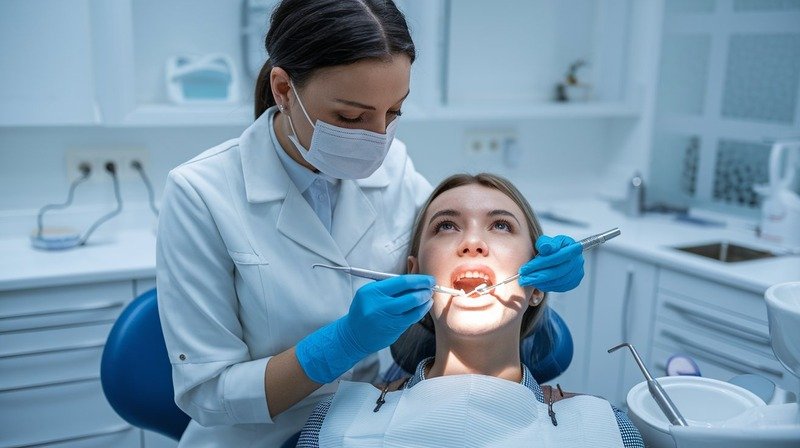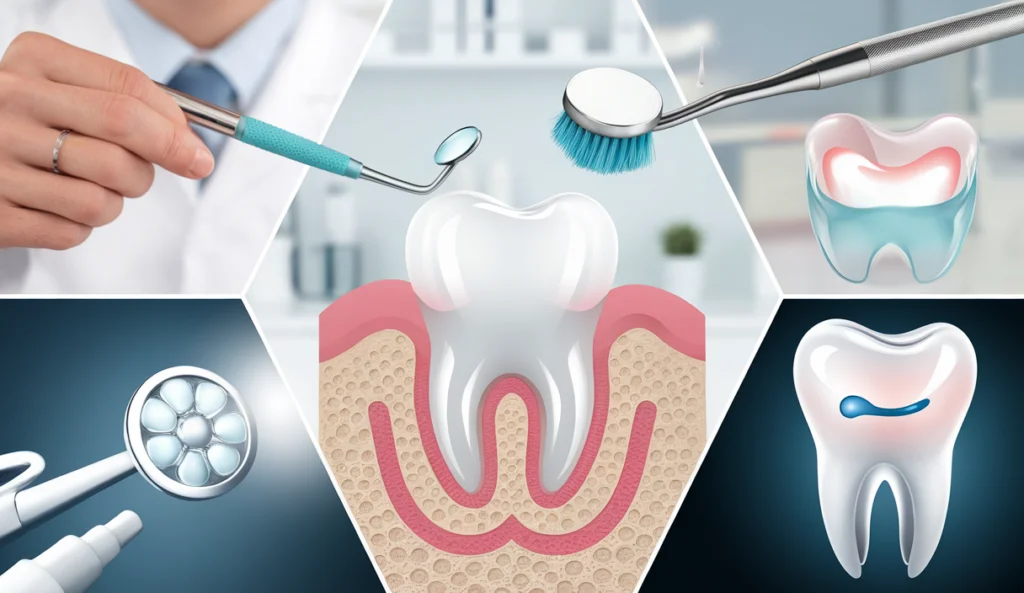
Remember that moment you’re scrolling through Instagram and everyone seems to have these impossibly bright, movie-star smiles? You look in the mirror and think, “Hmm, my teeth could definitely use some help.”
You’ve seen those whitening toothpaste tubes everywhere – at the grocery store, in pharmacy aisles, plastered across commercial breaks. But do they actually do anything, or are they just another clever marketing trick?
The good news? Whitening toothpaste isn’t completely useless. But it’s not a magic solution either. This guide will walk you through exactly what these products can (and can’t) do for your smile, so you can make a smart choice without wasting money.
What Exactly Is Whitening Toothpaste Doing?
Let’s discuss what is actually going on when you dispense that whitening toothpaste. Most people think it’s a mystic formula that changes things on the molecular level, but hold onto your horses-we’re about to get into chemistry.
The American Dental Association defines whitening toothpaste as “using mild abrasives to remove surface stains.” But that’s only part of the story. Whitening toothpaste uses surface chemistry to do two things: First, it removes some of the relatively soft material that is on the surface of the teeth; and second, it doesn’t really change the color that terrible coffee, wine, or tobacco made on your teeth.
Consider it a Mild Abrasive for Your Dentition
These items are specifically blended to go after the persistent stains put on your enamel by that morning cup of coffee, your midday tea, or the rare evening you might spend with a glass of merlot.
The ambition behind them isn’t to achieve anything like a complete oral metamorphosis, but to ensure that your smile, at minimum, looks clean and perhaps a tad brighter than it did before.
How Much Whitening Can You Really Expect?
Most people don’t realize this: whitening toothpaste isn’t going to give you a transformation on par with what you’d get in Hollywood. When we say “subtle,” we mean it. There’s nothing dramatic about the changes we’re talking about. Typically, these products lighten your teeth by about one shade.
If you’re paying close attention, you might see the sort of difference that could be, in some alternate universe, a stop-the-presses kind of moment. But for most of us, it’s not.
Hence, keep your expectations in check. Whitening toothpaste pure and simple isn’t going to do the trick like it would if you had a professional dental hygienist clean your teeth.
It’s not going to give you the same result as a teeth-whitening procedure you might have done in an office with an actual dentist at LifeWorks Dental. Still, it’s a good tool to use in between those times you might have your teeth professionally whitened.
The Ingredients That Actually Make a Difference
Let’s explore the science underpinning these items. Ingredients such as hydrogen peroxide, carbamide peroxide, and unique abrasive compounds are what make whitening toothpaste effective. But here’s a pro tip: Not all actives are created equal-some work much better than others.
The real star of the show is hydrogen peroxide. It’s the actual chemical agent that breaks down those surface stains and helps to lift discoloration from your tooth enamel. The abrasive compounds work like a gentle polishing agent, scrubbing away surface-level stains and preventing new ones from setting in.
Potential Risks and Side Effects
Now, let’s be realistic about what could go wrong. Whitening toothpaste isn’t totally safe. People have reported tooth sensitivity and gum problems, and in some cases, those problems are the result of too much scrubbing or too much toothpaste.
It’s similar to how an intense exercise regimen can leave you so sore and beat up that you don’t want to work out again for a week.
If you begin to observe heightened sensitivity or any sort of discomfort, it could be the moment to reduce the intensity of your whitening regimen. Your teeth are delicate and deserve to be treated with a kind of care that keeps them healthy and functioning well. You can always consult with our team at LifeWorks Dental for personalized advice.
When Whitening Toothpaste Works Best
Thus, when is it that whitening toothpaste really shines? It’s for the people who have light stains from their daily routines and really want to see a difference. If you count yourself as a coffee drinker or could be called an aficionado of red wine, or you just want to see a significantly brighter smile when you look in the mirror, this is the product for you.
Consider it a tool for daily upkeep instead of a panacea for changing your dental appearance. It’s excellent for maintaining not just but also a smile that looks as if it has just come from the dentist’s office.
It’s great for keeping your teeth not only clean but also white, with the added benefit of helping to keep fresh your oral microbiome.
Whitening toothpaste isn’t a miracle solution, but it’s not totally useless either. Think of it like a gentle touch-up, not a complete dental makeover. If you’re looking for dramatic results, you’ll want to chat with a dentist about professional whitening options.
Pro tip: Consistent oral hygiene matters way more than any fancy whitening product. Brush twice daily, floss, and see your dentist regularly – that’s the real secret to a great smile.
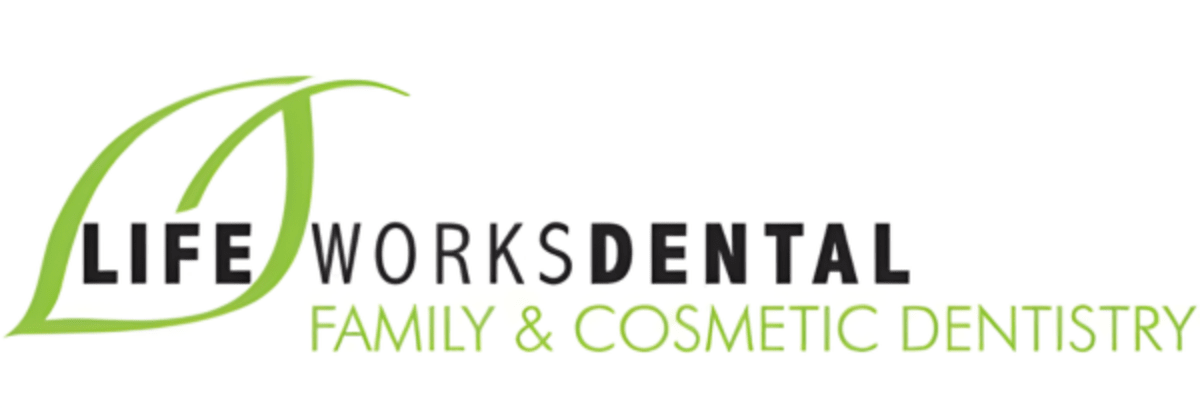
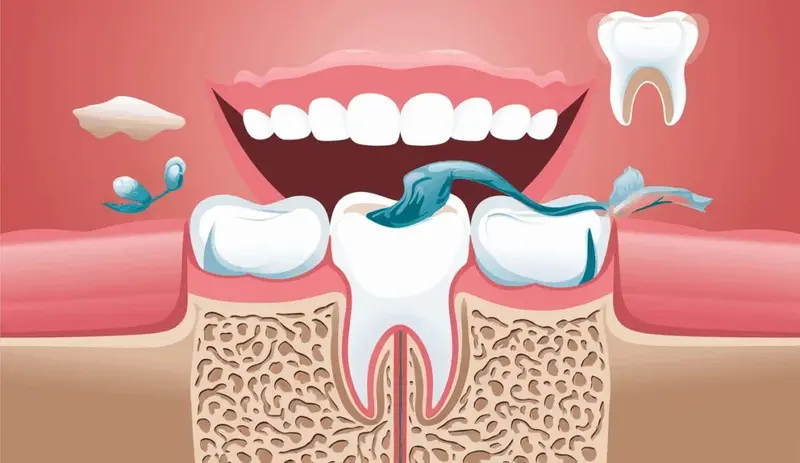
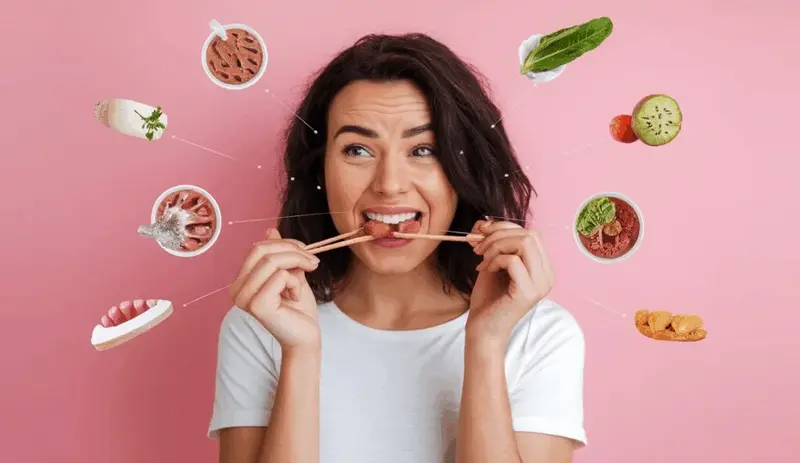
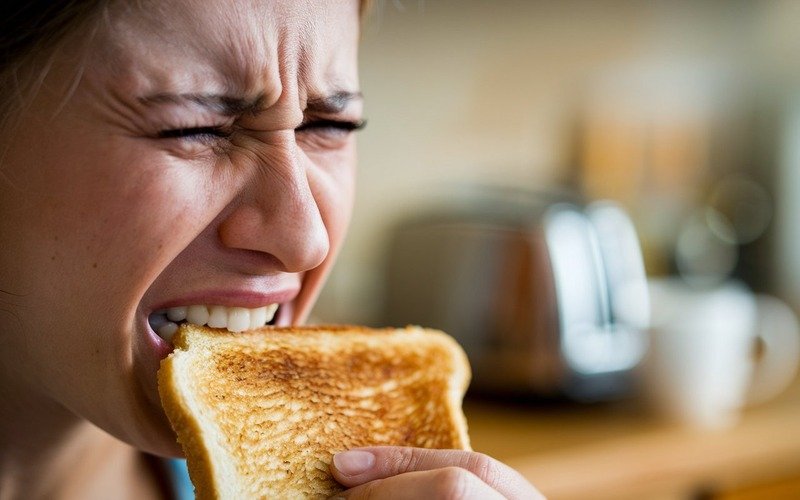
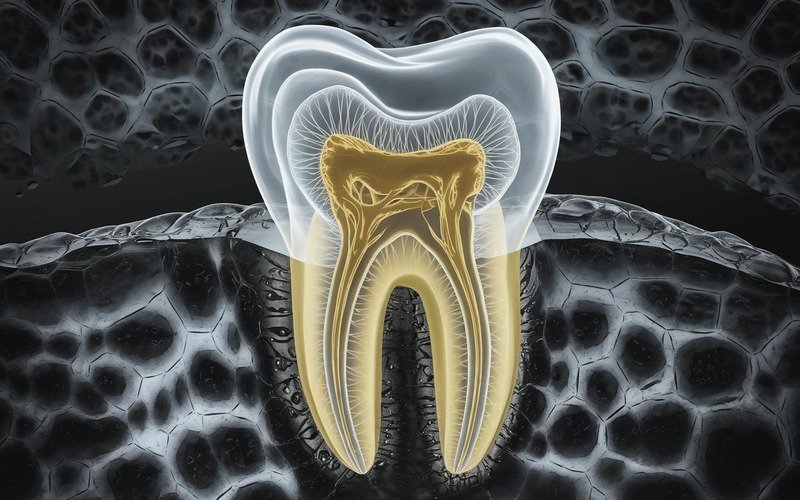
![Are Dental Implant Grants Legit in 2025 [Shocking Truth]](https://lifeworksdental.com/wp-content/uploads/2025/01/Are-Dental-Implant-Grants-Legit.jpeg)
